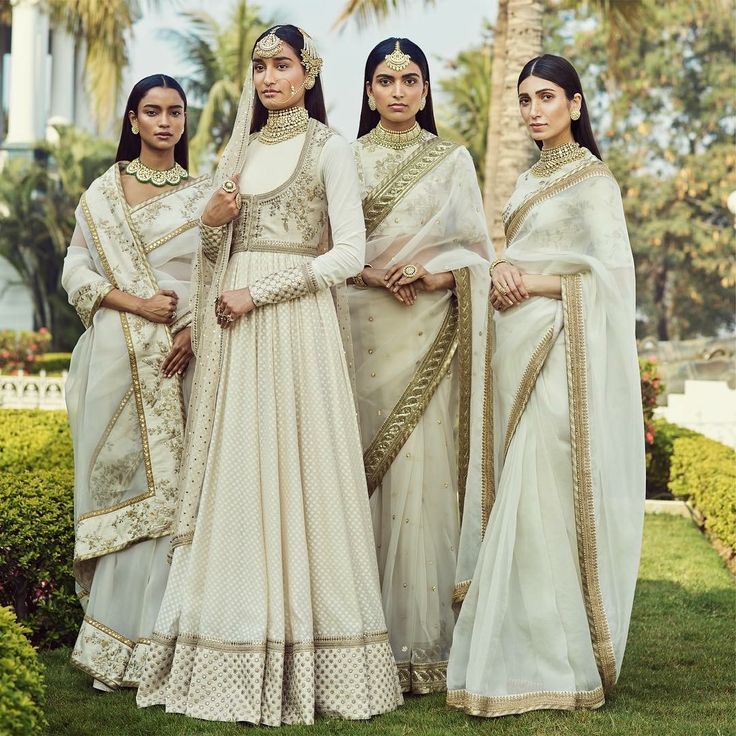
Indian traditional wear is a treasure wealth of bright colour combinations, exquisite patterns, and cultural history. These outfits, which range from the classic style of sarees to the versatile beauty of salwar suits, display India’s remarkable artistry and workmanship. The article highlights the history, variations, and timeless appeal and the beauty of Indian Traditional Dress
1. A Summary on History of Traditional wear in India
The very beginnings of Indian traditional Dress can be tracked by going back to thousands of years into the history of the country. Cotton textiles were first used by the ancient people, while generations afterward brought silk, embroidery, and handloom weaving. Traditional attire developed as representations of regional, cultural, and climatic factors.
2. The Alluring Charm of Sarees
What is a Saree?
A saree is a seamless garment that is delicately draped around the body and can vary from five to eight meters long. This attire is a wardrobe staple for women in India.
Different Types of Sarees Across India
- Kanjeevaram Silk Saree: A symbol of South Indian tradition, woven with pure mulberry silk.
- Bandhani Saree: Featuring tie-and-dye patterns is very popular in Rajasthan and Gujarat.
- Banarasi Saree: Known for its exquisite zari work, came from Varanasi [Banaras].
- Patola Saree: Double ikat weaving, a masterpiece of Gujarat’s artisanship.
- Phulkari: [Phul – flower and Kari- work] Floral embroidery from Punjab.
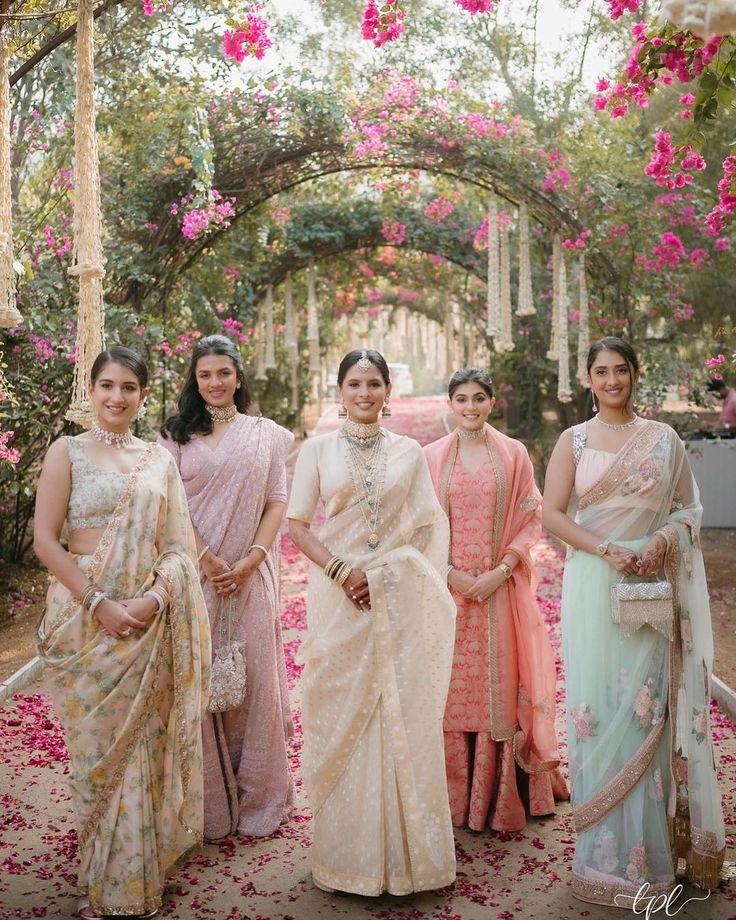
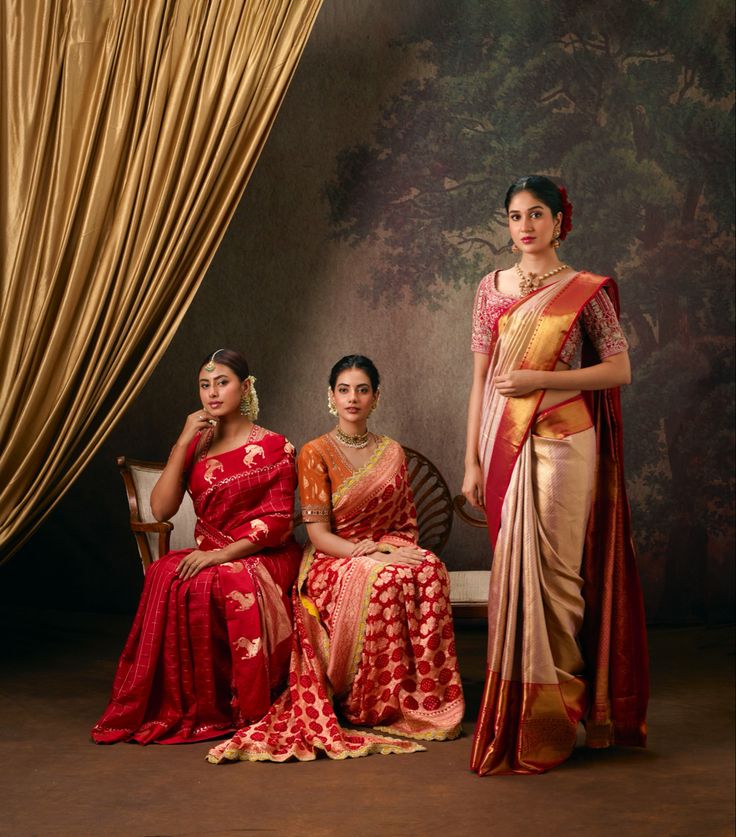
Styling a Saree
The versatility of sarees lies in its draping styles, such as the Nivi drape from Andhra Pradesh, Nauvari style from Maharashtra or the Bengali style drape. Pairing sarees with trendy blouse design or adding belt gives trendy twists to the entire look.
3. The everlasting popularity of Salwar Suits
What are Salwar Suits?
The salwar, kameez, and dupatta are the three elements of a salwar suit. This attire is popular for its comfort and variety.
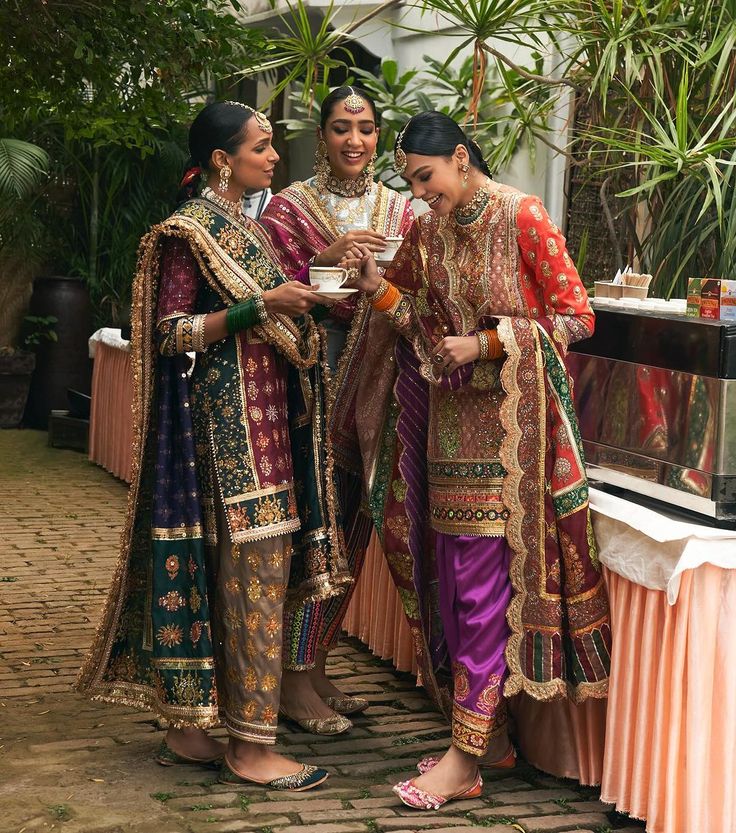
Varieties of Salwar Suits
- Anarkali Suits: Flared frock like style, these regal suits exude grace.
- Punjabi Suits: Comes with patiala and a kurta, ideal for both casual and festive wear.
- Churidar Suits: Tight bottoms paired with long kurtas for a sleek appearance.
- Palazzo Suits: Trendy wide-legged pants paired with different types of kurti offering a fusion of tradition and modernity.
- Straight-Cut Suits: Acts as Indian formal wear perfect for formal situations and everyday wear.
4. Textiles That showcases Traditional Indian Clothing
The fabric is the main element of Indian traditional dress. Silk, Velvet, Crepe and Organza are the most used materials. Each fabric has its own personality.
- Silk: classy and rich, frequently worn on special events.
- Velvet: soft and rich texture, perfect for royal events like weddings.
- Organza: delicate and Sheer fabric, perfect for sophisticated events.
- Crepe: smooth and stretchy fabric, ideal choice for informal or casual outings.
5. The importance of Patterns
Indian traditional wear is popular for its complex patterns.
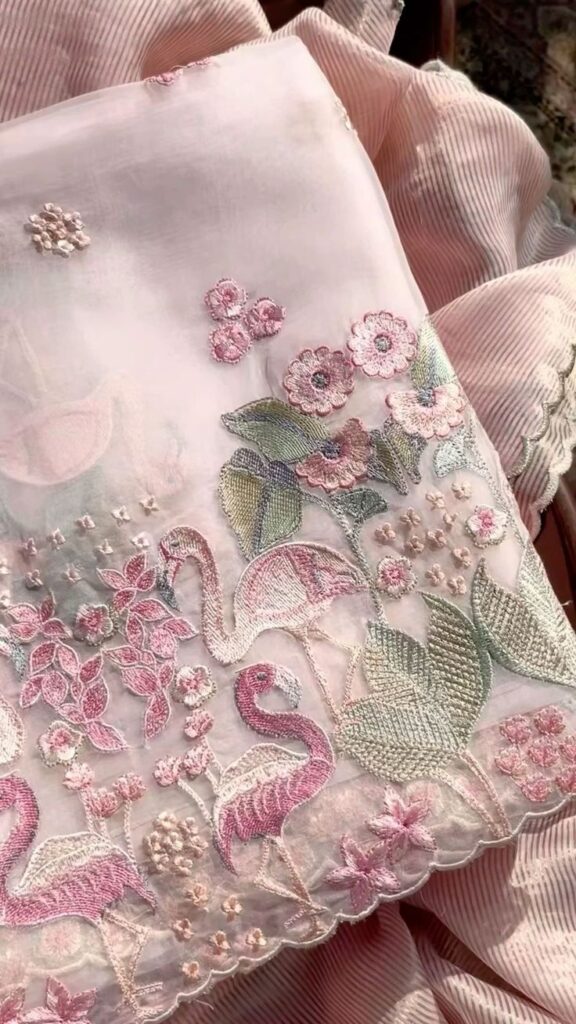
- Floral Designs: Represent beauty, elegance, and nature.
- Geometric Patterns: Made up of abstract shapes and lines, Represents order.
- Animal and Bird Motifs: Elephants, peacocks, camels and parrots symbolize cultural and spiritual values in bridal wear dresses.
6. Accessories to pair up with Indian Traditional Wear
Accessories are a must to any Indian clothing. Here are some of the examples:
- Jewelry: Necklaces, chokers, oxidized jhumkas, nose pin and bangles add a royal touch.
- Handbag: Embroidered potlis and mirror work ethnic bags are perfect for festive outfits.
- Footwear: Mojaris, juttis, or embellished sandals to enhance the look.
7. The cultural value of Indian Traditional Wear
Indian traditional wear is important during celebrations. People celebrate their cultural heritage by dressing in colorful and regional clothes during festivals like Diwali, Navratri, lohri and Pongal. It also elevates the spirit of the event.
8. Maintaining Craftsmanship: The Craftspeople Who Create the Charm
Every piece of traditional Indian clothing is made by trained artisans who spend hours weaving, dyeing, and embroidering. In order to preserve these historic artwork and to make sure their history remains for the coming years, we must take up initiatives such as handloom revival projects etc.
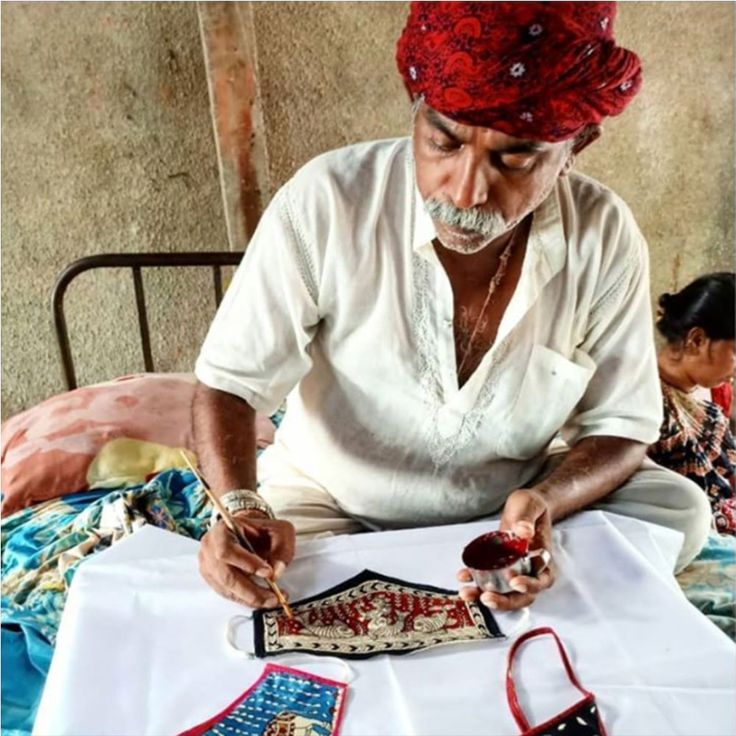
9. Modern takes on Traditional Wear
In order to adapt this clothing to international fashion tastes, designers are redesigning it with vivid prints and embroidered accents, such as Ruffle saree, mermaid lehenga or ethnic blazer, to attract younger audiences. Cultural exchange has influenced modern takes on traditional attire.
10. Tips to maintain your Traditional outfits
- Keep them away from moisture.
- Store them in cool places.
- Instead of washing, opt for Dry clean in order to maintain their colour and shine.
- Do not iron your clothes at home.
Conclusion

Indian traditional wear has experienced a remarkable transformation, from lehengas to different style of kurtas, showcases a unique blend of culture and modern aesthetics. Global trends inspire fresh adaptations of classic garments. This fusion celebrates diversity while honoring tradition. Whether worn for wedding ceremonies, festive occasions or styled for a formal occasion, they remain an everlasting symbol of elegance and tradition.
